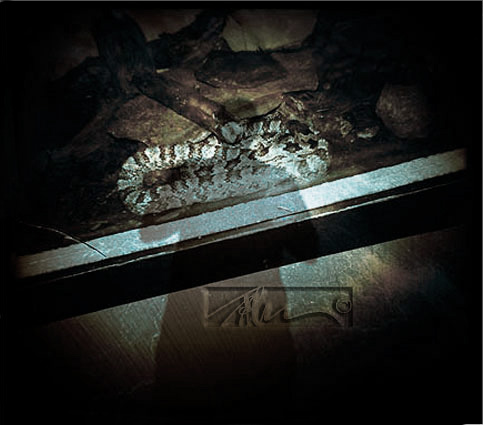“I have learned as much about photography from painting (and the other arts) as I have from photography itself.” – Author
Photography is a relatively new art form. It has only been around for a bit over a century and a half. In the scheme of almost every other form of the arts, that is a very small amount of time. In many ways, photography owes itself to all the arts that came before it.
Whether we like it or not, most of the things that we do to make an image, besides the simplicity of photographic recording, come from what the other arts started doing ages before. Nearly everything we do photographically, at least in the creative sense, is derived from painting, drawing, sculpture, poetry and music.
In many ways, the thing we call photography also comes from the sciences, philosophy and the entire history of human advancement. It is photography that in our time has allowed us to see the world in ways that could not have been possible until its invention. For photography to have happened, all of the things that were required to make it so, had to happen first. Cameras, lenses, film, and computers are advances, which required many other innovations before they were even possible to invent.
But the making of an image is not as easy as simply relying on the fact that others brought us the technology. We need to understand the world. That comes from learning as much as we can about the world and its subjects. Our ability to make art that makes sense of the world relies on our knowledge of the world.
These days, because of the computer, the arts are wide open. In part, I mean that they can be intertwined. Drawing and painting can be incorporated into photographic works. Photography can be collaged into paintings, video or may be used to produce sounds. There have been many artists who have produced 3 dimensional photographic sculptures, incorporated imagery into 3d sculptures and virtual objects. Others, including myself, have recorded soundscapes from the density, contrast and color variations within photographic imagery.
Because technology is changing so rapidly, the possibilities are endless. We can create almost any kind of image we set our minds to produce. We can say almost anything our mind can conjure. We can borrow from the rest of art and from what we know from having lived, by what we learn and through our careful observations. We have many ways that can be used to tell our stories, produce our art, and create our voice. What we need is something to say, something to question and/or something to reveal.
From music, I have learned that silence is as important as sound. From painting, I have learned to see light, color and gesture. From sculpture, I have learned to appreciate space and form. Sounds enhance the way I see the world and so does touch. The written word, philosophy, poetry and verse have taught me how to think about those things, which are important. They have provided the stimulus as well as the motivation for creative thought.
Photographers can also learn from the sciences, math, sociology, world religion, political and geographical studies. Photography is a never-ending learning process. Great photography is concerned photography. It is concerned about every aspect of life and death.
The future of photography will rely even more on the arts and the other areas of knowledge than we might expect. Technologies will advance the way we create and allow the blending of everyday things into the process of creation. Science opens our eyes to what is possible with such things as light and physics. But it also allows us to understand our living subjects, our environment, and our possible demise. It gives us the understanding of evolution, the distance to the stars and what it means to have an environment that allows us to eat and breathe. It allows us to see ourselves more clearly as a species.
One of the best things any photographer or creative can do is to be guided by knowledge. Not the knowledge of making money, ones status or for attaining power, but of thinking about what the world means and how to make images that will help us all to see who and what we are as human beings. Artists have been doing this for as long as we have been recording their efforts. Photography is a medium that can make the best use of what we understand, wish to know and must convey.
Art is more than the appreciation of beauty. Art merges what we see with what we think. We use it in ways that convey a deeper meaning to those with whom we want to speak – our audiences.
Art is the world observed. It is the world examined from what we see as artists. It is our vision, our scrutiny, our reflection of the world, as we know it. Knowledge is our inspiration. Knowledge is what makes us tick. The more we know, the better our ability to make images that matter.
The arts are a place to start. The world is a place to explore. Knowledge is what guides us along the way.
I cover many photographic topics and techniques in my book. – Great Photography book for any creative Photographer.
Please have a look at some of my other posts here.
NOTICE of Copyright: THIS POSTING AS WELL AS ALL PHOTOGRAPHS, GALLERY IMAGES, AND ILLUSTRATIONS ARE COPYRIGHT © JOHN NEEL AND ARE NOT TO BE USED FOR ANY PURPOSE WITHOUT WRITTEN CONSENT FROM THE WRITER, THE PHOTOGRAPHER AND/OR lensgarden.com. THE IDEAS EXPRESSED ARE THE PROPERTY OF THE PHOTOGRAPHER AND THE AUTHOR.



